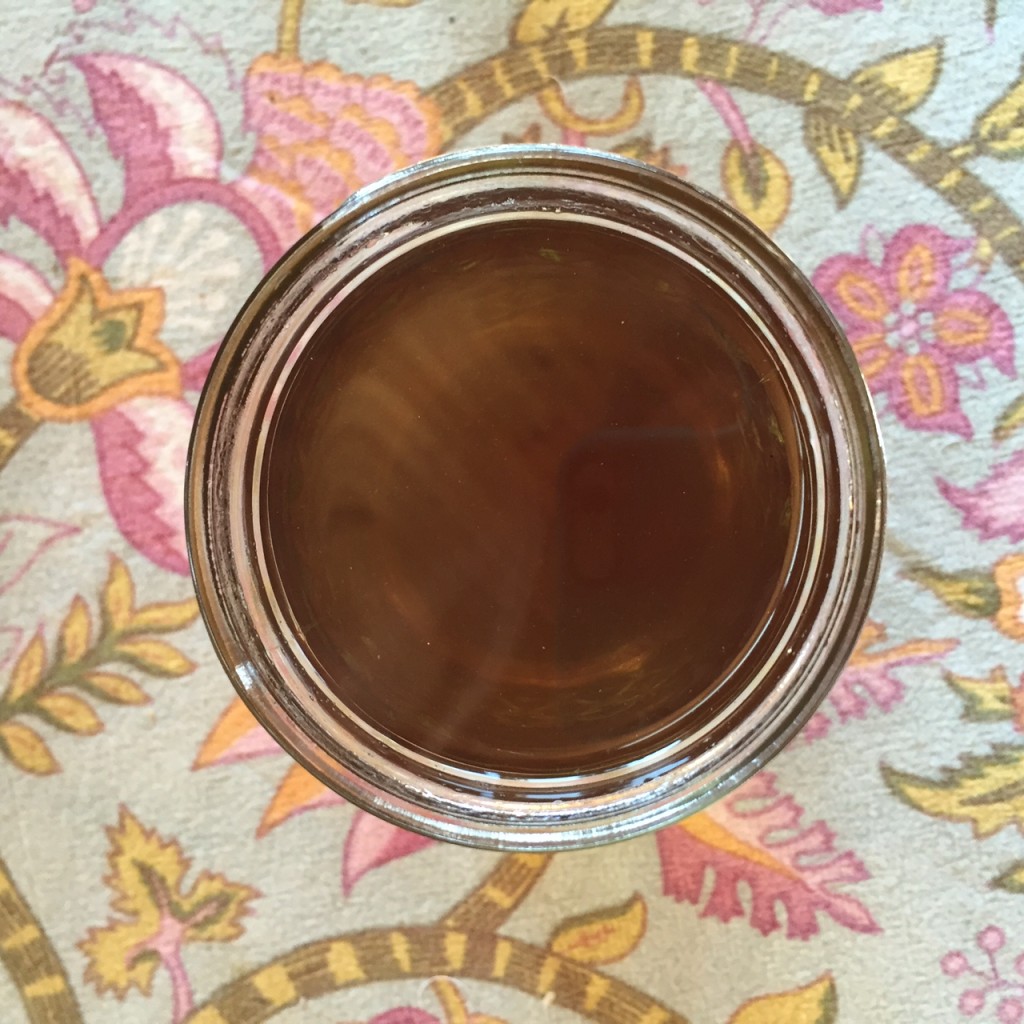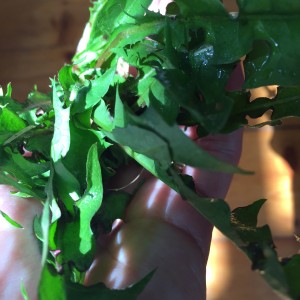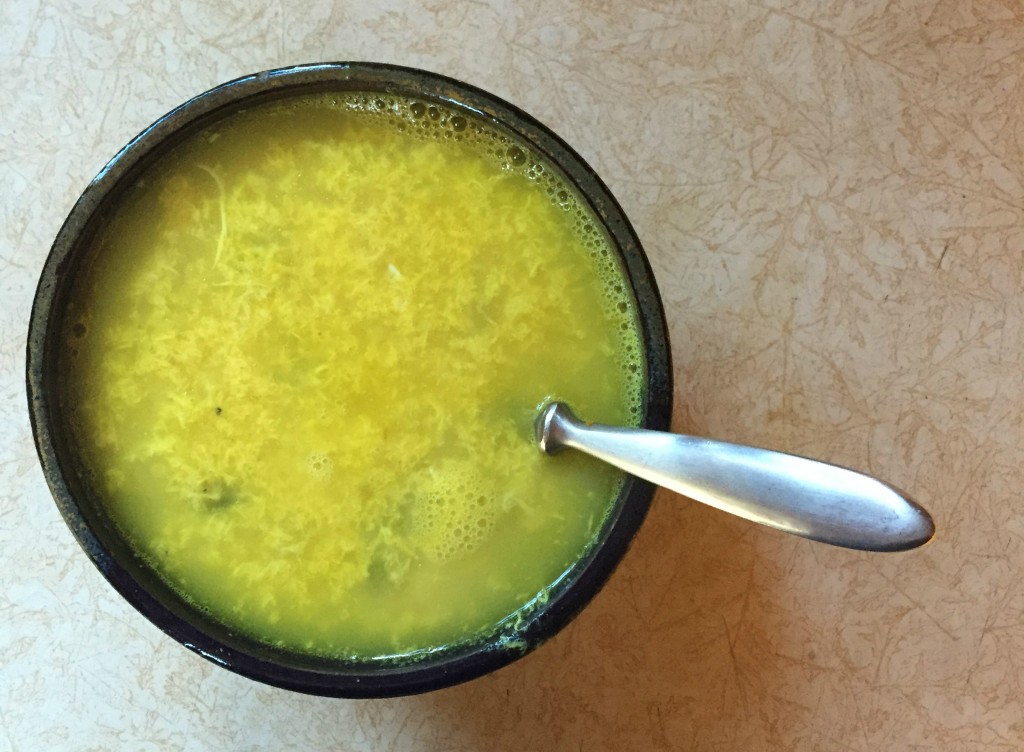“Never take what I say as gospel truth…I am human, which means that I make mistakes. Always first try out what I say, experience it yourself, and then you will know whether or not it actually is the truth. Because you are human you too make mistakes; that is inevitable. Just always make sure that you make different mistakes each time. Then you will never cease to progress.” – Vimalananda (shared by Dr. Robert Svoboda in his recent newsletter)
What popped into your head first? Yes, or no? Or an “I don’t know if I am eating food that is good for me?”
The answer should be simple, but the solution might not be so easy.
We are bombarded by health information. This is not necessarily a bad thing, though it seems like there is just an overwhelming amount of it coming at us. In my experience, it seems that this tyranny of choice leads us to feel frozen in place, even though it’s meant to inspire us to change.
This kind of information is not exactly what we need, though we think we crave it. It can be helpful, but really only to a point. If you’re familiar with yoga, you might have heard the Sanskrit word jnana before. Jnana means knowledge. Jnana mudra is a common hand position, thumb and index ginger touching, taken during meditation, sort of like a sign language ‘d.’ By taking this mudra, the meditator invites in experience and knowledge of truth, or reality.
Jnana is a kind of knowledge, a way of acquiring information that implies wisdom gained through personal experience, or experimentation. It is said that this is the toughest path to nirvana – perhaps because one might need nearly be immortal to have time to experiment with all the different ways of being to find which one works to bring enlightenment (enter Ayurveda, the Science of Longevity 😉 ). It eventually becomes beneficial to have some sort of structure to begin working with, some sort of framework within to experiment, so it doesn’t take you ‘forever.’
Ayurveda is a Balancing Act
There are no Ayurvedic foods. There are no good or bad foods within Ayurveda. Ayurveda just gives us a framework, a language, a lens through which to view the world – our food, our body, our balancing act.
We talk about the principle that every substance in Ayurveda can be medicinal, neutral, or poisonous – depending on it’s affect on their agni, or power of digestion. I have been integrating Ayurveda into my life since I heard about it 8 years ago. The more I learn, the more I experience, the less slipping I do. I am more in tune with this idea of agni – more in tune with ow much or ME it really affects. It’s not only the ability to digest food, but the cascade of after affects when that is efficient, or not.
Outside Influence
Last week I went on my annual family vacation to Maine. I am from Maine originally, but now it’s even more special because we travel from Vermont towards the ocean. Family ties, and familial influence run deep. And as you know, it’s tough to control your food choices when you are away from home and not always cooking for yourself. My husband and I bring a suitcase of food with us, and do as much cooking, and sharing, as we can. Then there is seafood, bread, cheese, and Summer happy hours on the beach to contend with.
Don’t get me wrong – these things are not ‘bad.’ In fact, there is so much good, so much connection and heart-opening that can happen when sharing these foods with loved ones. I simply had the powerful visceral experience of what happens when agni is dampened. When food combining is not addressed, and the point of overindulgence is reached.
I was not experiencing these foods in a healing way after a certain point. And for me, 5 weeks post-partum at that point, agni and ojas depleted already from birth, that point was reached very quickly. Though I went past it. I had this ah-hah moment: I was coping with what I was ingesting. This was not using food in a healing way. I experienced my agni struggling to keep up. I experienced yes, gas and nausea, due to ama, or toxin build up, but also irritability, exhaustion, and some bodily aches and pains.
I have the tools, and I still made my choices, the ones easier made with the influence of those around me. Not ‘bad’ choices, though choices that happene to bring me into a state of imbalance. Away from healing, into dealing with dis-ease. And long term choices like this really do lead to disease.
*Just a side note, my awesome red lentil soup I made mid-week with ginger and turmeric and yummy curry was tossed out because it must have looked suspicious on the stove to one of my family members 😉
Keep good company
Re-read the quote from above: “Never take what I say as gospel truth. I am human, which means that I make mistakes. Always first try out what I say, experience it yourself, and then you will know whether or not it actually is the truth. Because you are human you too make mistakes; that is inevitable. Just always make sure that you make different mistakes each time. Then you will never cease to progress.”
There are a few keys to success in your ‘progress.’
For one, it’s necessary to have tools to experiment with, and two, surround yourself with positive influences. In the words of my teacher Dr. Claudia Welch, we must ‘Keep good company.‘
When working with my students in The Healing Diet, I try to stay away from using those words ‘good’ or ‘bad,’ though I really like the simplicity of this statement. I give my students a different vcabulary to talk about and understand how food affects their body and mind. Then, over ten weeks, they get to experiment – with guidance of course, and the framework of Ayurveda to bounce off from.
Did you know that Picasso had very traditional art school training, before he went off to do all those abstracts? Can you imagine his still lifes, his portraits? Like Picasso, we must learn the rules before we push the boundaries.
I plan to continue this conversation. In part 2 I need to talk about colostomies…a scary but very real reality for too many. This is about how we must move away from our coping diet before daily discomfort becomes a lifetime of suffering.
Hang in there, and check this out while you’re at it, if you’re ready for those tools we talked about.
Love,








